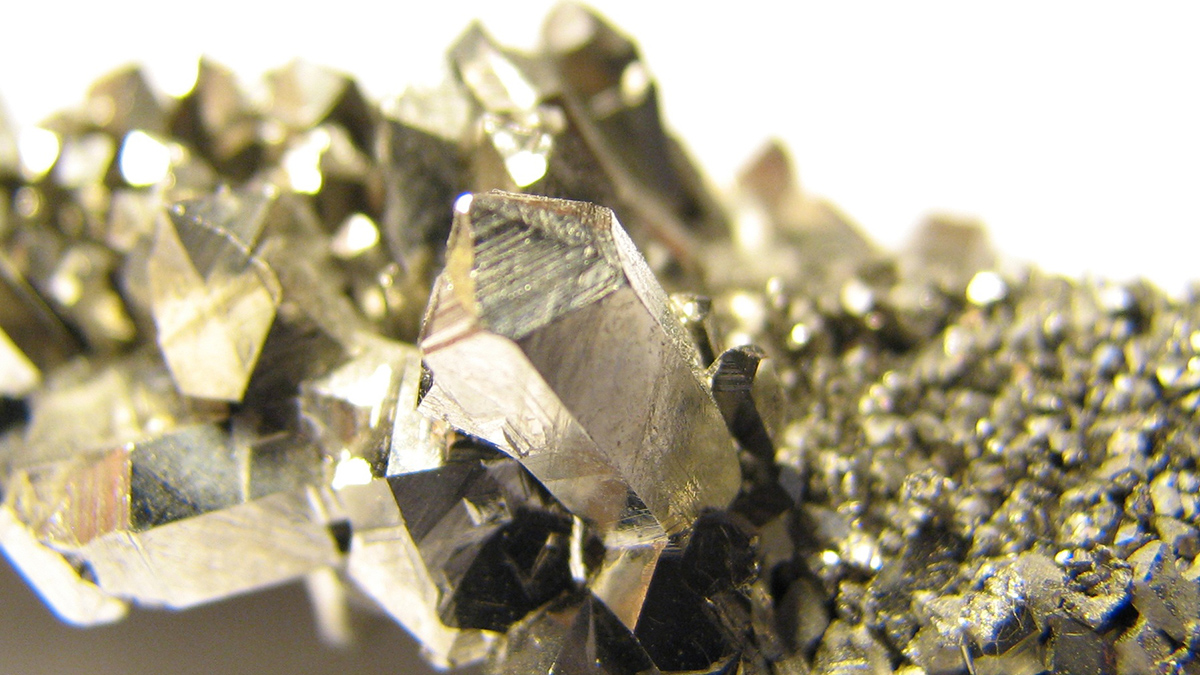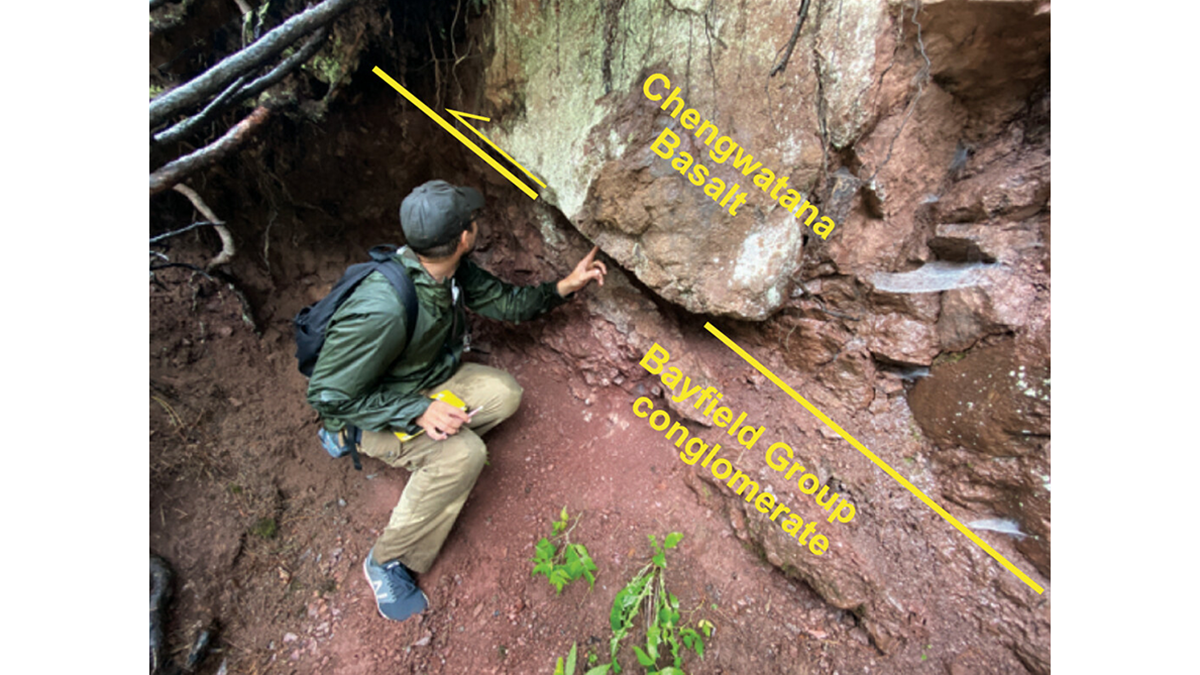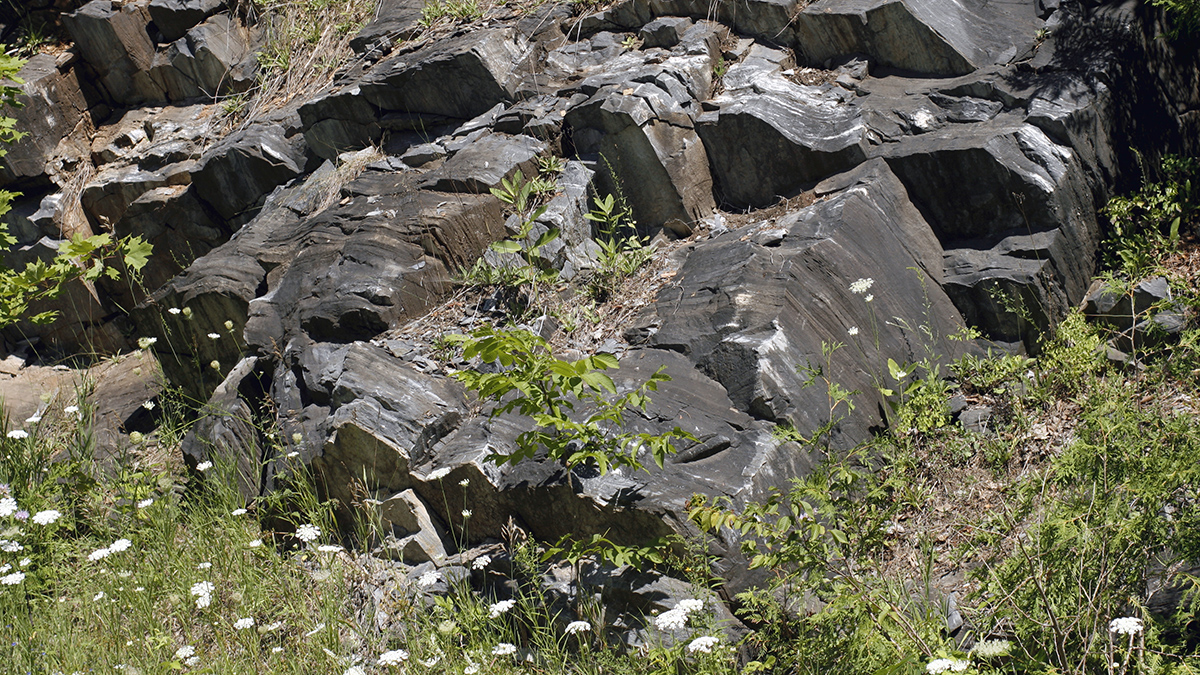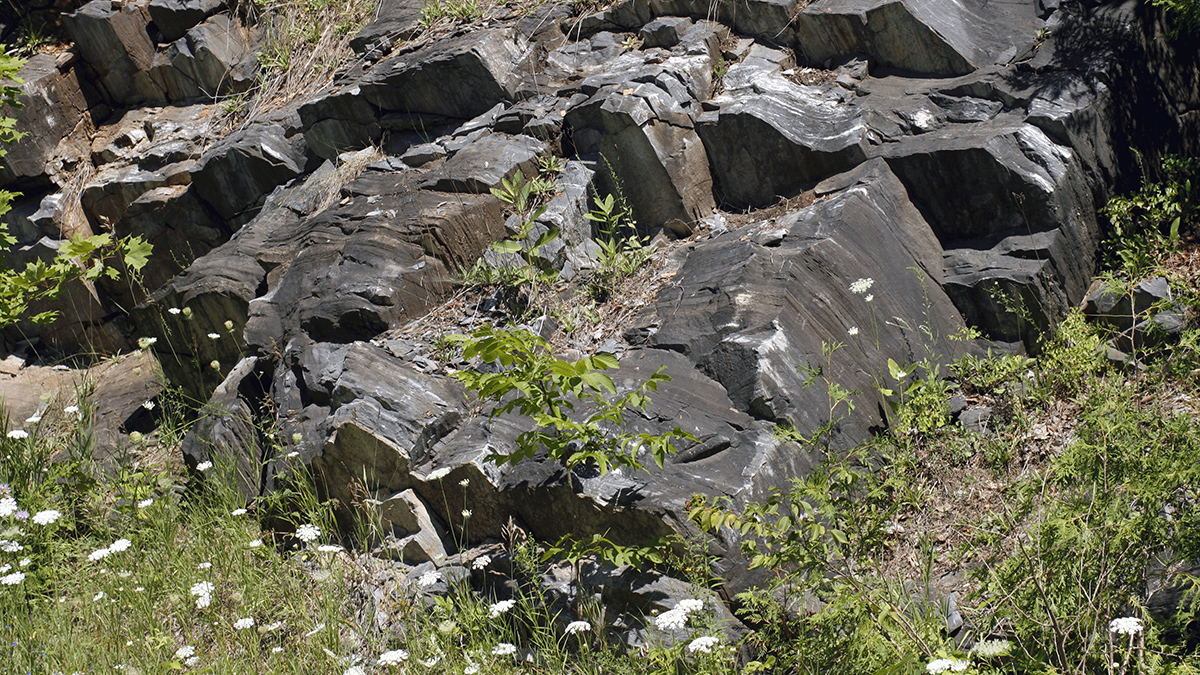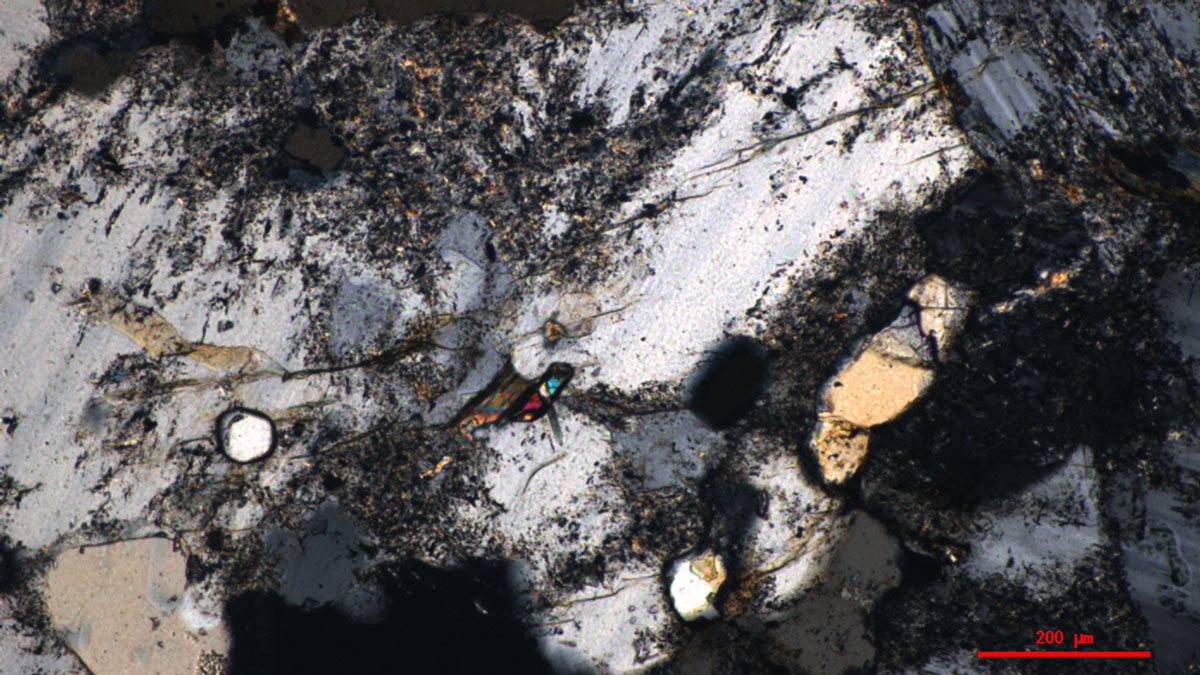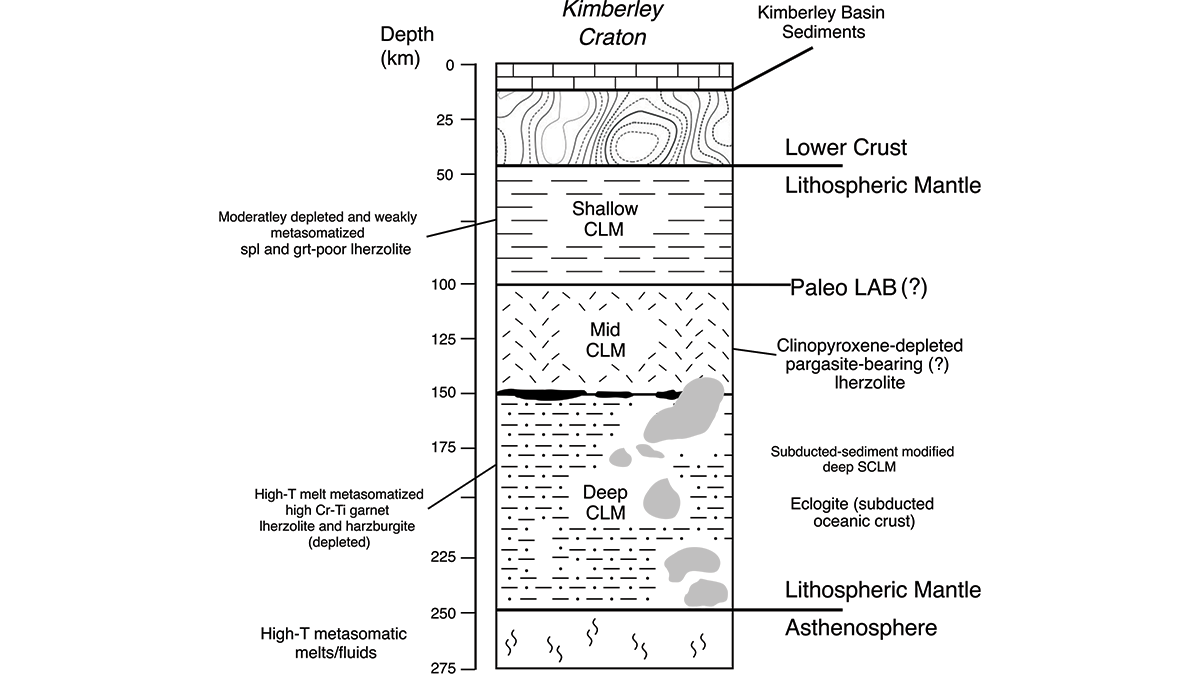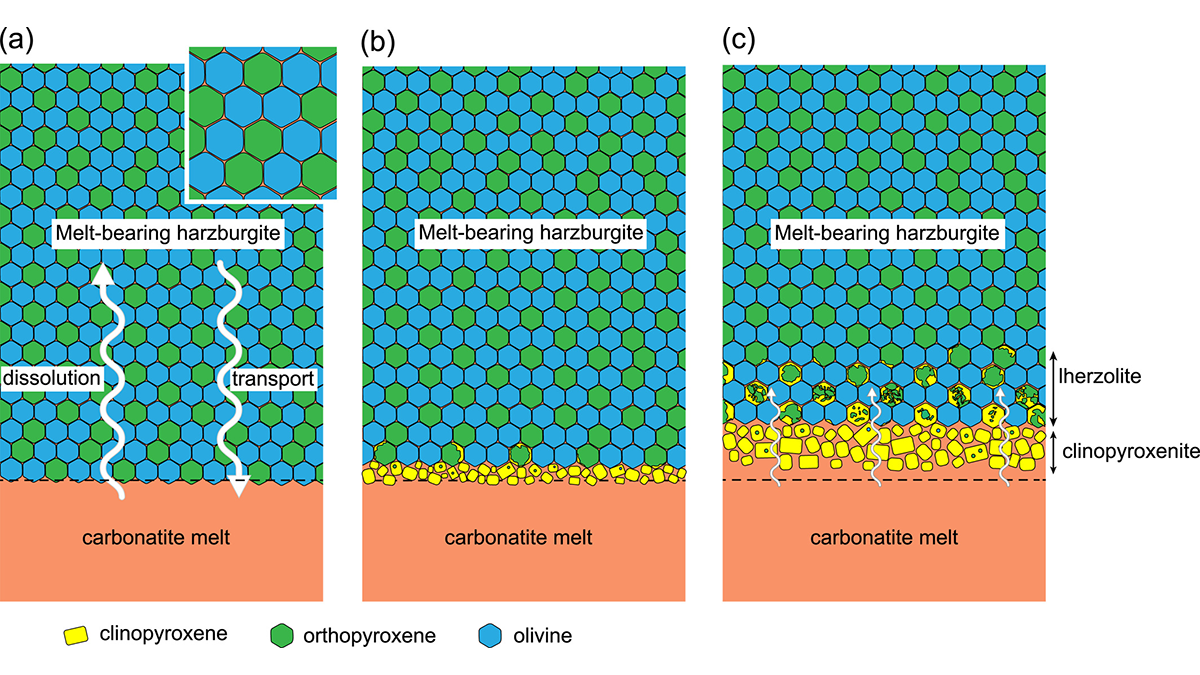A study of “weird” Australian rocks suggests stores of niobium rose to the surface during the breakup of the supercontinent Rodinia.
cratons
Structural Inversion of an Intracratonic Rift System in Deep Time
A new study reconstructs how an ancient North American rift system was uplifted in space and time due to subsequent continent-continent collision.
Sedimentos radiactivos podrían haber construido los cratones de la Tierra
La meteorización de los primeros continentes podría haber puesto en marcha la formación de cratones, las raíces inmutables de los continentes.
Radioactive Sediments May Have Built Earth’s Cratons
Weathering of the earliest continents could have set in motion the formation of cratons, the immutable roots of continents.
Mantle Heat May Have Boosted Earth’s Crust 3 Billion Years Ago
Information from igneous zircon molecules gives researchers new insight into the workings of inner Earth.
Do Some Cratons Have Soggy Bottoms?
Long-persistent stable cratons bear much of the deep-time geologic record, and a new study combines seismic and petrological data to reveal how interactions with mantle fluids can shape their evolution.
Piecing Together the Roots of the Ancient Australian Continent
Mineral compositions from numerous volcanic rocks that sample the mantle keel beneath Western Australia’s Kimberley Craton reveal the temperature and mineralogy that explain its long-lived stability.
The Seven-Ages of Earth as Seen Through the Continental Lens
The 4.5-billion-year record contained in Earth’s continental crust reveals a seven-phase evolution, from an initial magma ocean to the present-day environment in which we live.
Why is the North China Craton Vulnerable to Destruction?
A new study suggests that carbonatite metasomatism, not silicate metasomatism as previously thought, was dominant prior to the removal of the North China Craton in the early Cretaceous.
Earth’s Continents Share an Ancient Crustal Ancestor
How did today’s continents come to be? Geological sleuths found clues in grains of sand.

